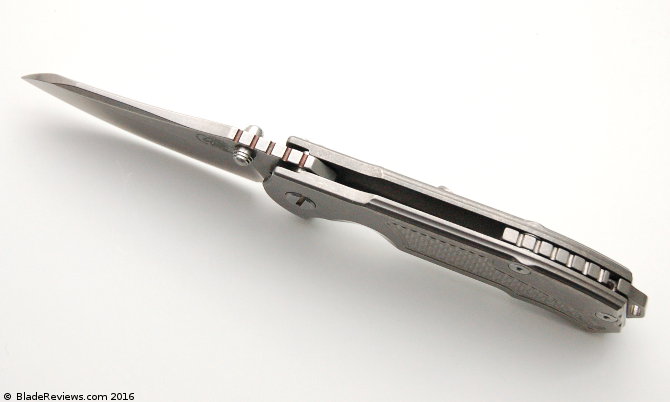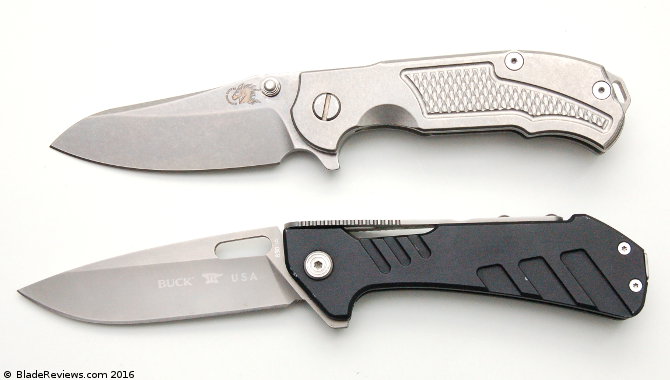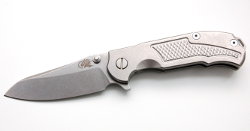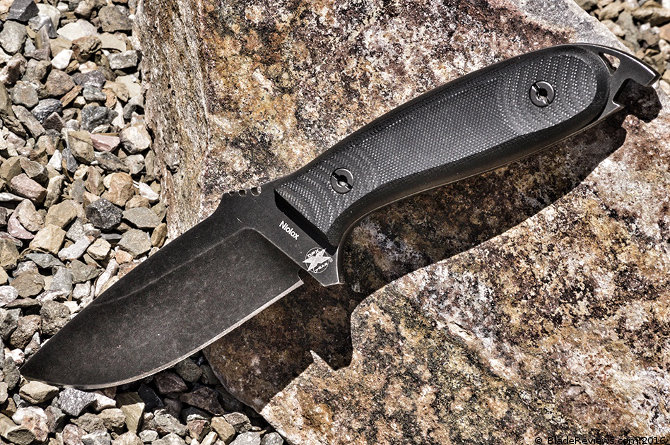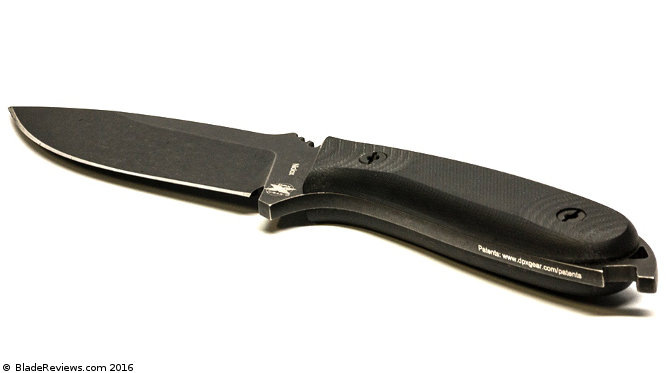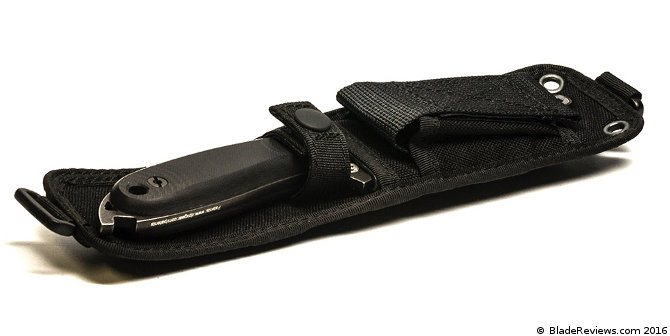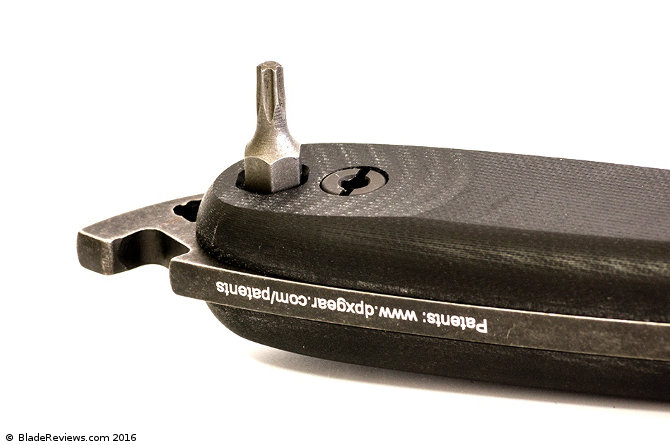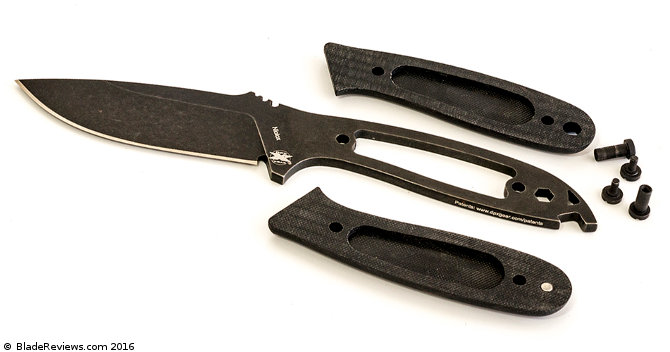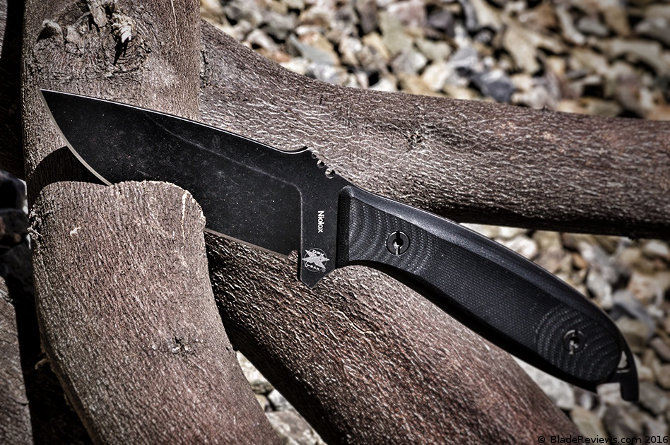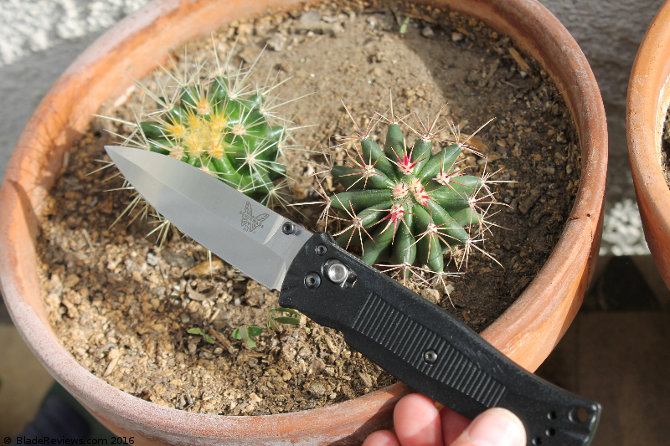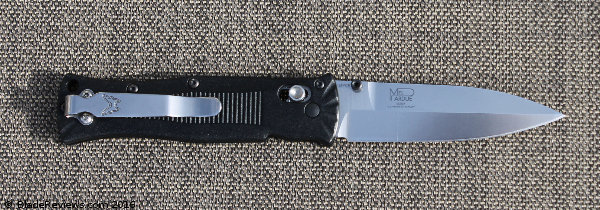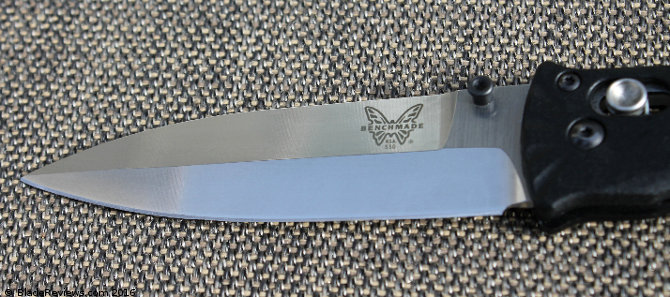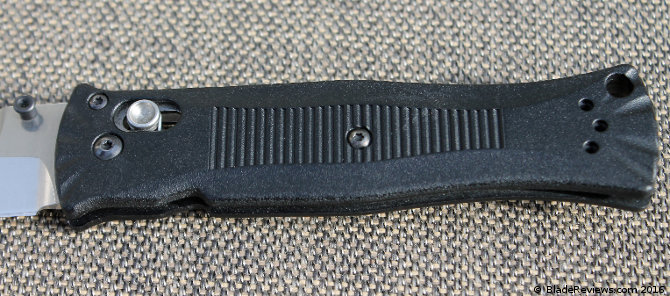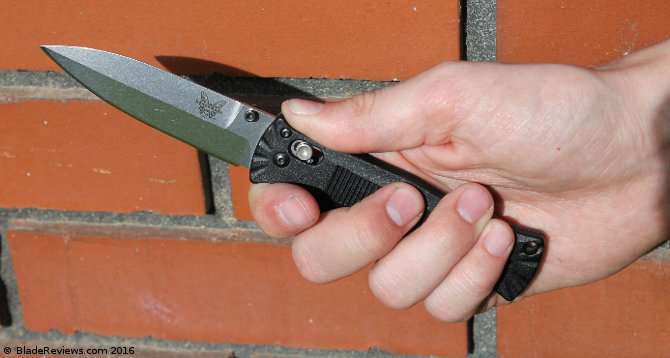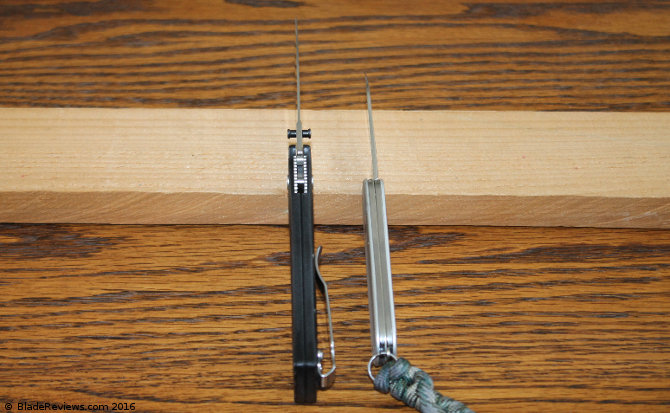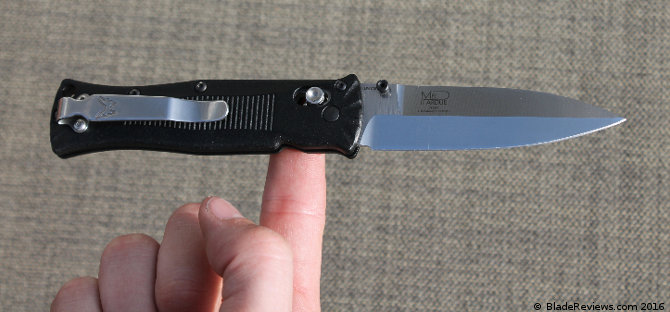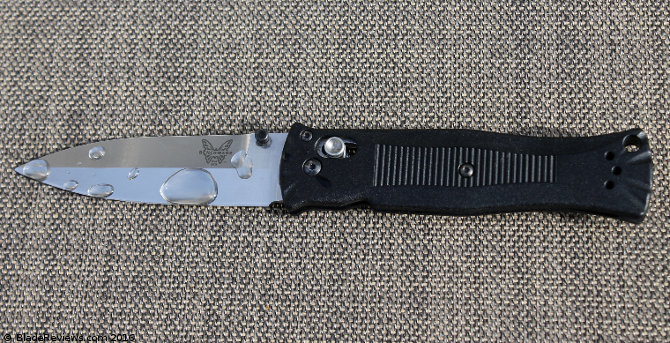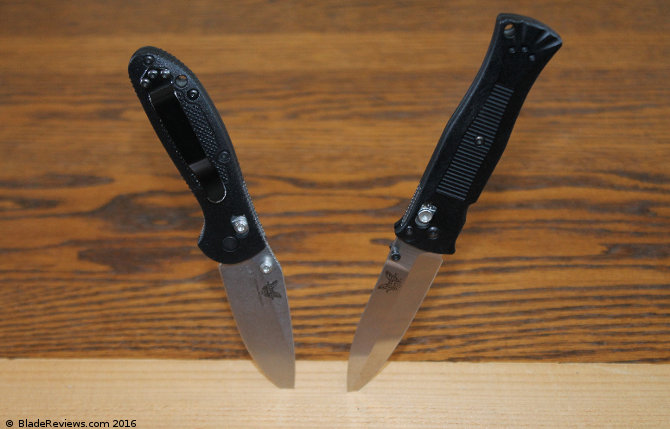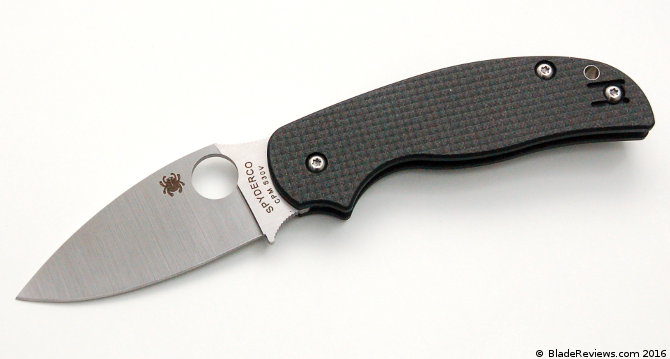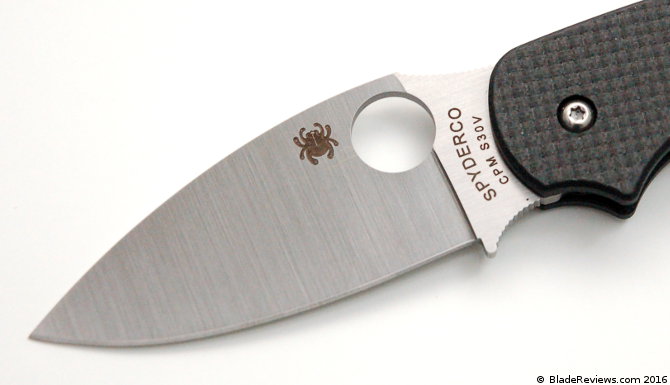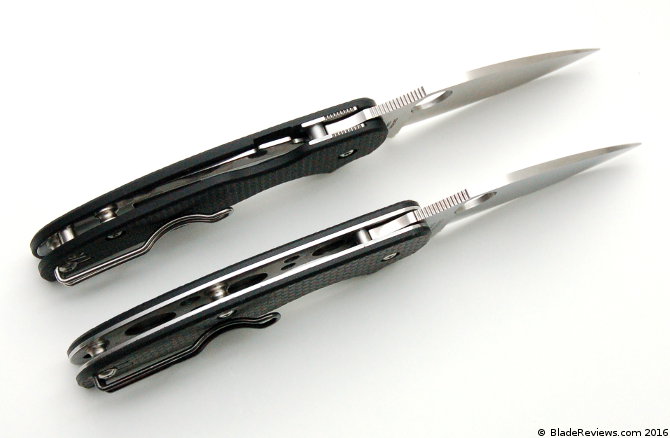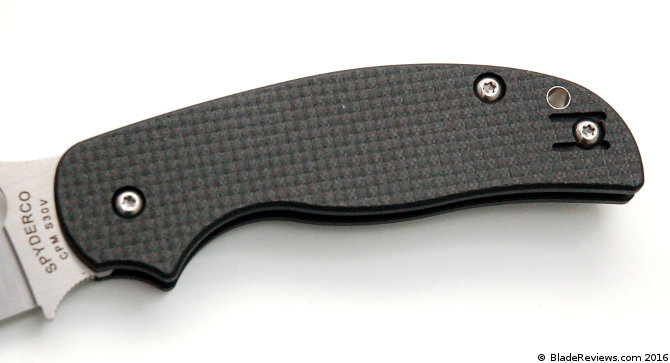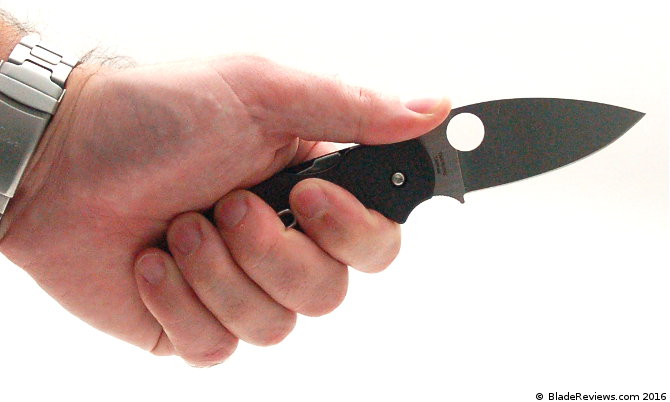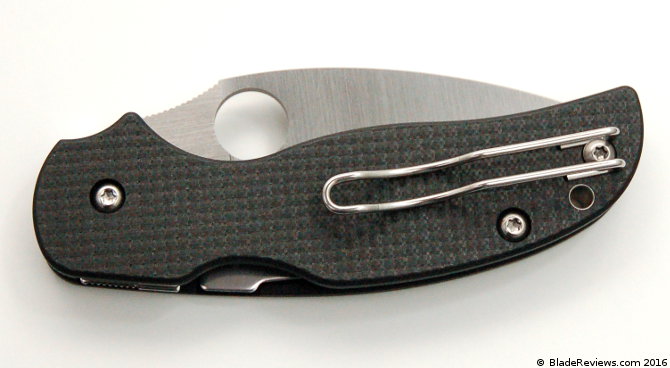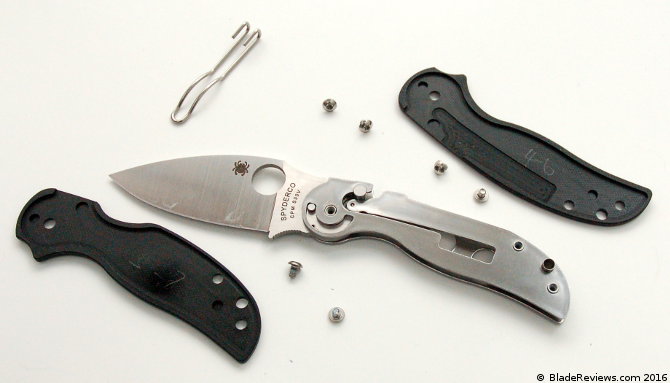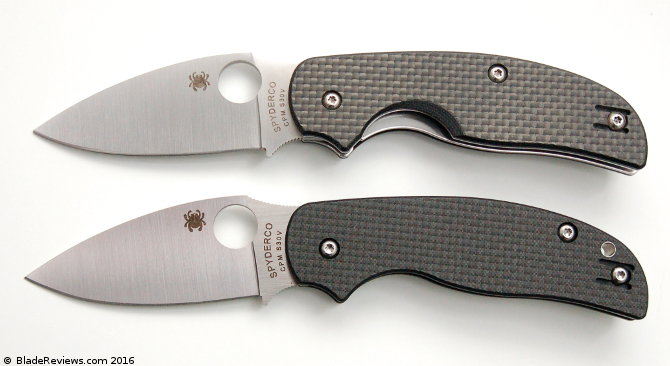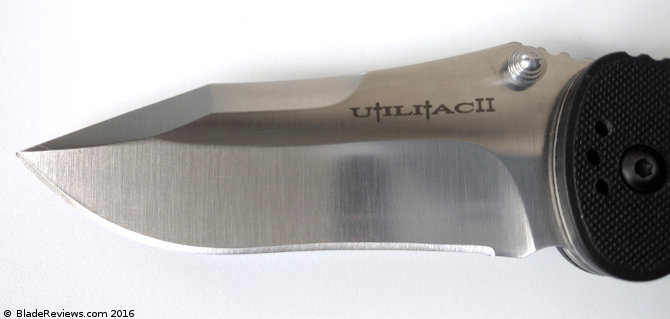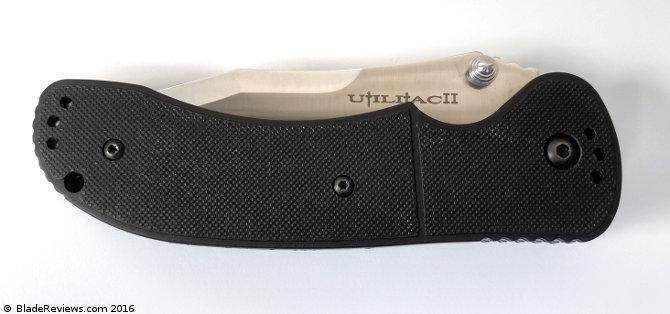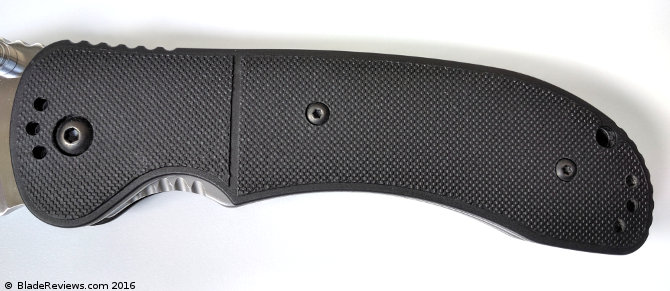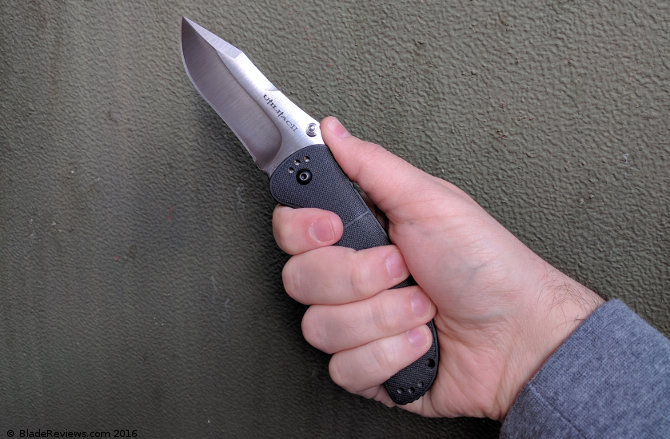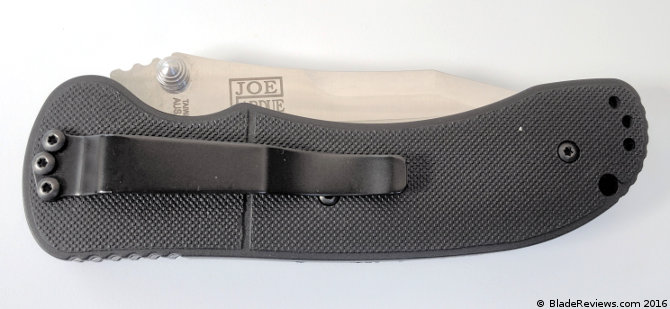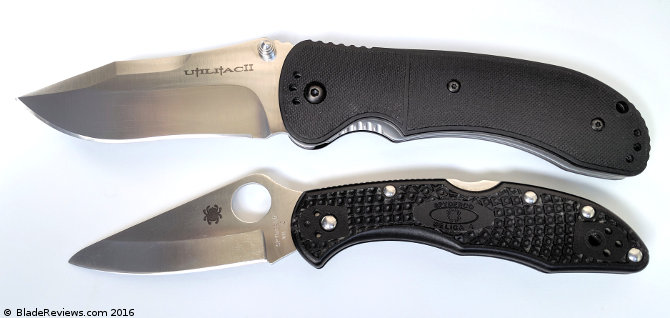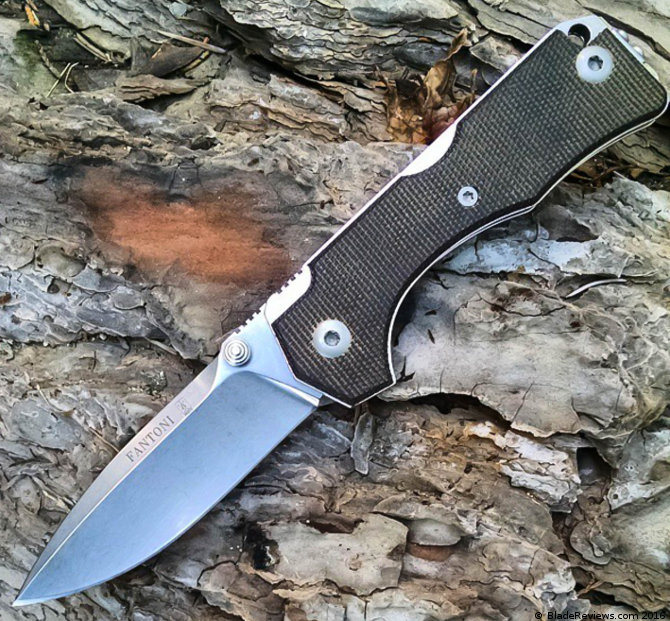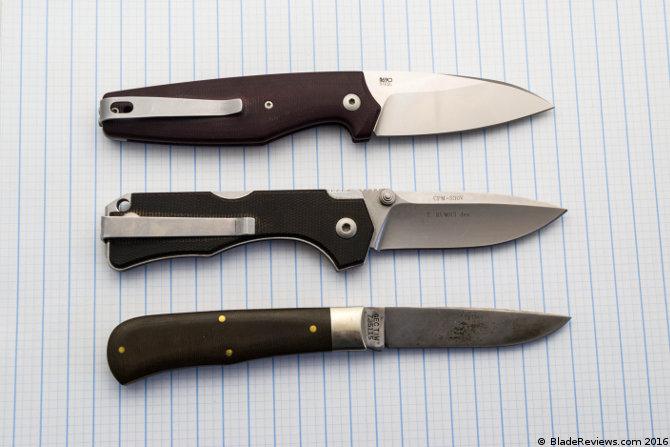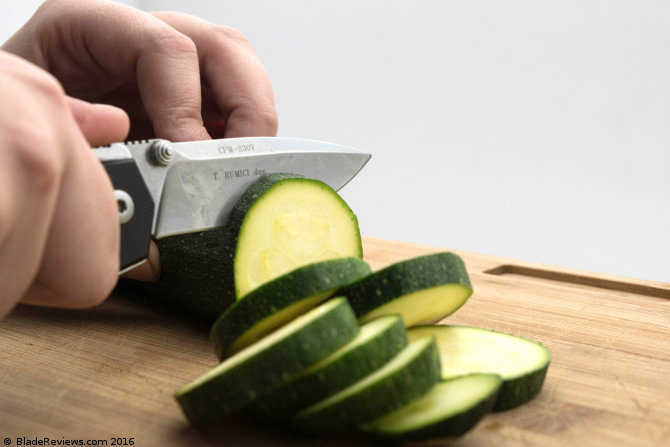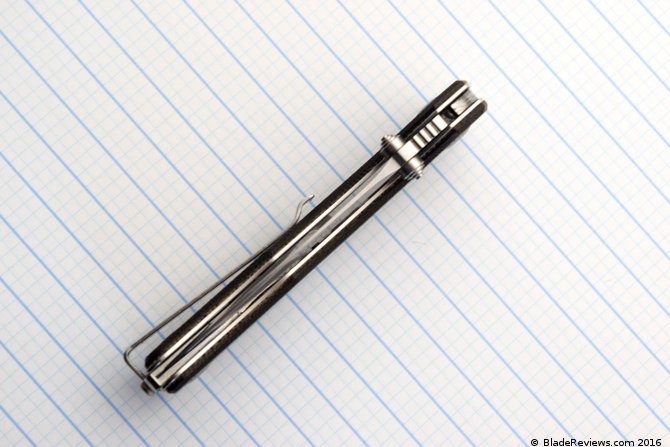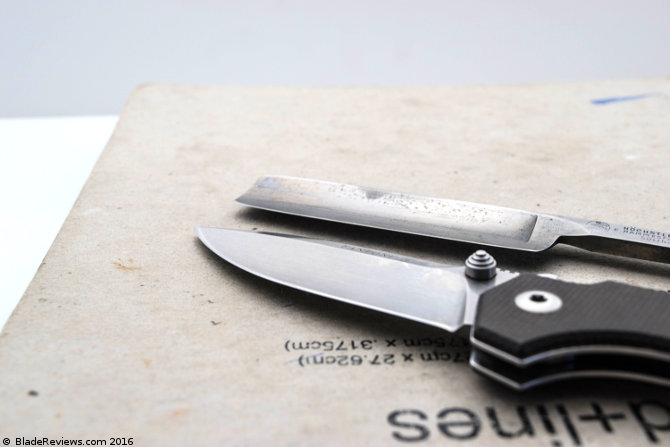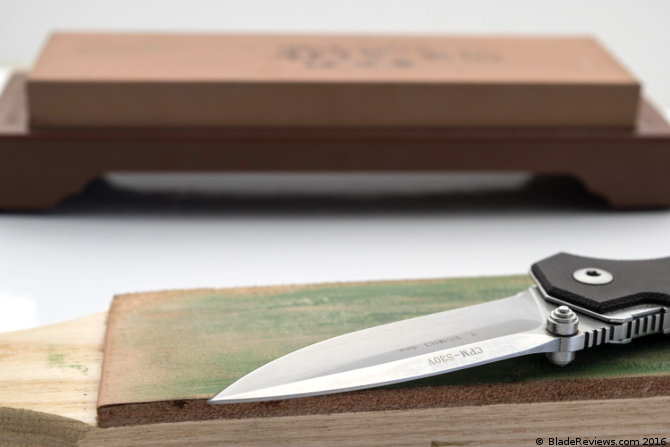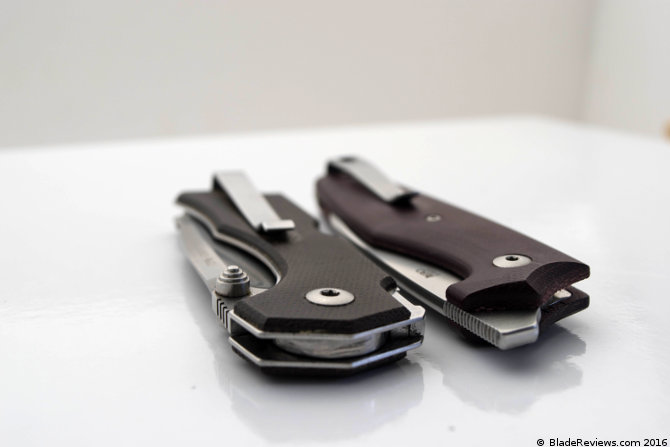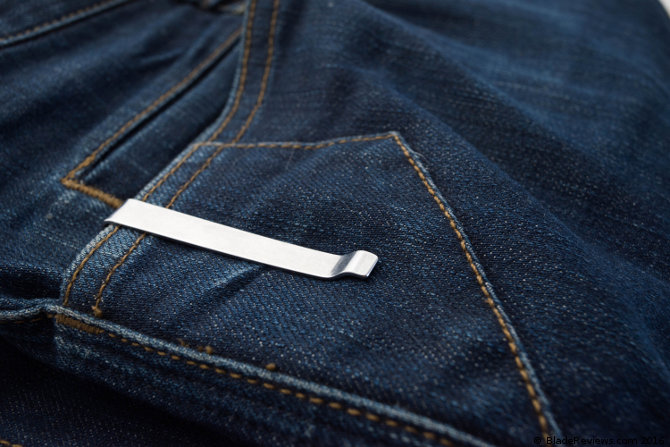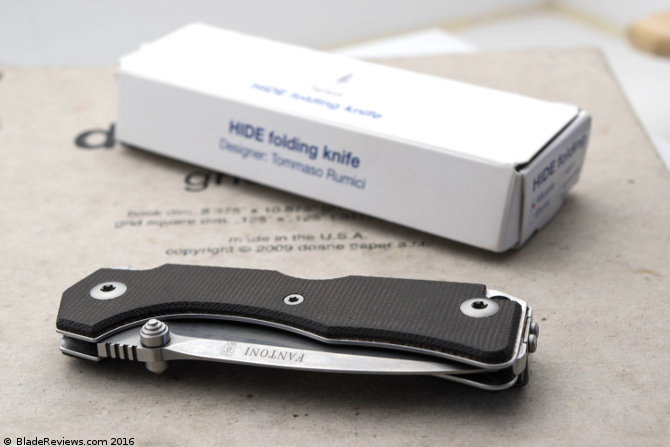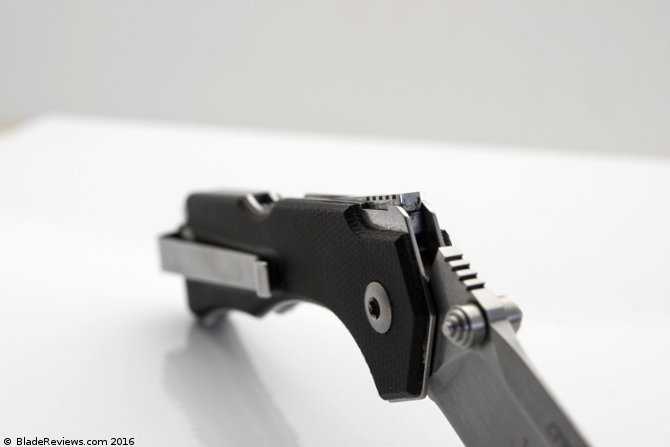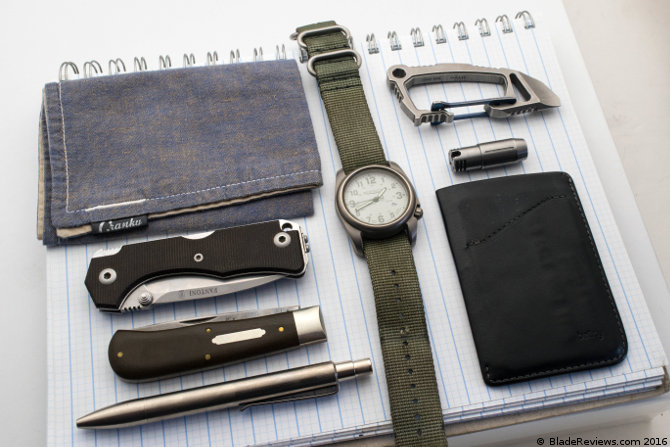It seems like every time I write a review of a Hinderer knife I can’t help but open with a commentary on the state of the Hinderer market. Maybe it’s the finance degree talking. At any rate, a few years ago a Hinderer XM-18 would sell for well north of retail. Some were selling for close to $1,000.
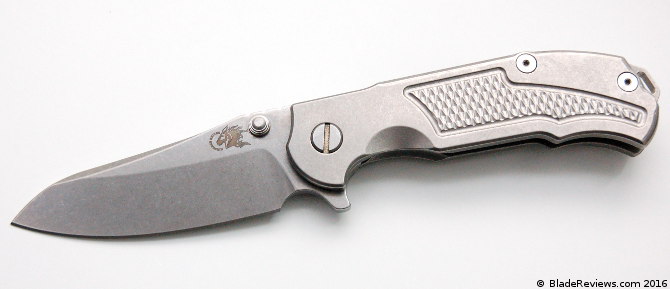
Buy the Hinderer MP-1 at BladeHQ
[easyazon_cta add_to_cart=”default” align=”center” asin=”B0773W7LPG” cloaking=”default” height=”42″ key=”tall-orange” localization=”default” locale=”US” nofollow=”default” new_window=”default” tag=”brdfkdfk-20″ width=”120″]Amazon[/easyazon_cta]
Those prices slowly began to drop from their peak, and when I wrote my review of the XM-18 3.5″ back in October 2014, I paid around $550 for the knife. Still about $150 above retail, but a far cry from the $800+ they were commanding when I was seriously getting into knife collecting in 2011-2012.
Fast forward to October 2015 when I reviewed the XM-18 3″. I paid $385 for that knife, which is right around retail.
And oddly enough I bought my MP-1 right around the fall of 2016, and I paid $450 for it on the secondary market. It retails for $695 on Knife Art. Things sure have changed. Who would have guessed that you can buy a Hinderer for below retail on the secondary market? Probably not the guys that paid $1,000 for their XM-18s.
Regardless of the reason I won’t complain. It allowed me to pick up the MP-1 at a nice price for this review. And the MP-1 is an interesting piece that I might not have checked out at full retail. It shares a lot of similarities to the XM-18, but it’s stockier in build. This knife also comes with a new feature. MP-1 stands for Modular Platform-1, and this knife’s selling feature is a removable backspacer that can be swapped out with various other backspacers. I am not sure if the replaceable backsapcer on its own it would be reason enough to buy the knife, but the rest of the MP-1 was intriguing.
General Dimensions and Blade Details
The MP-1 has an overall length of 8″, a 3.5″ blade, and weighs 5.9 ounces. This knife was designed by Rick Hinderer and is made in the USA. The MP-1 a substantial knife and is about half an ounce lighter than a G-10 handled XM-18 3.5″. Personally, this is not the most practical Every Day Carry (EDC) knife, but it’s beautifully made with lots of detail. The workmanship is unmistakable and I have spent many evenings admiring this knife. While I have carried and used my MP-1, my ideal EDC knife is usually about the size of a Sage 1. I am sure some carry theirs religiously, but must confess this is more of a collectible for me.
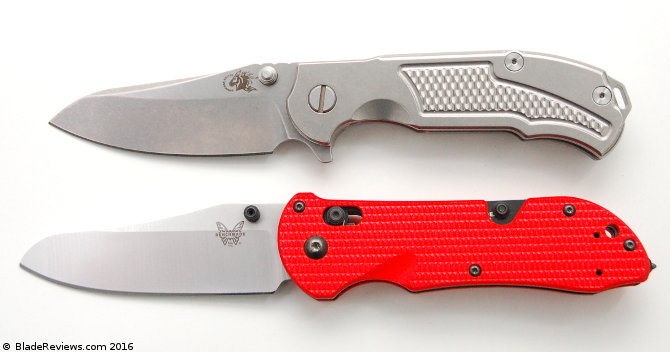
The MP-1 has a modified sheepsfoot blade, not dissimilar to the Benchmade Triage rescue knife. This lends a friendlier profile to the MP-1 and gives it a workmanlike feel. Sort of like the orthotic sneakers old people wear. Its much less aggressive than the original XM-18 line. While there are some design flourishes to elevate the MP-1, at the end of the day this is a comfortable and practical knife if you can get over the weight and thickness of it. This blade cuts well with a high flat grind. The tip is a little lower on this knife but is still surprisingly fine. You can easily pierce materials with it without it being needle sharp. The edge has been ground perfectly.
The MP-1 comes with S35VN blade steel. S35VN isn’t super high end stuff, but it’s totally adequate here. I don’t necessarily need this thing to come in S110V, although I suppose that would be interesting. S35VN is a great higher end working steel. Easy to maintain, yet it holds a good edge, is reasonably tough and corrosion resistant. It has become one of my favorite steels for an EDC knife. Similar to CTS-XHP in that it’s just a good all round steel and you won’t need a diamond stone to bring an edge back on it.
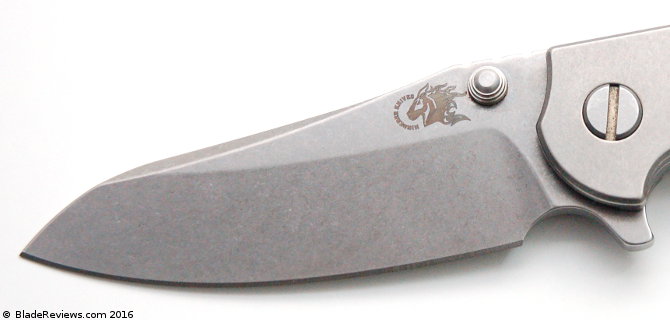
These days I tend to gloss over the knife steel part of the review unless it’s a new steel or I really have something to say (beyond my practical observations and a few general words on the steel itself). If you want a deeper dive into blade steel, chemical composition, etc., then I suggest checking out the knife steel section of the website.
Handle, Ergonomics, and Pocket Clip
This is a full titanium framelock flipper made by Hinderer. That is to say, it’s both beautifully built and totally overbuilt. They started with two thick pieces of titanium for the frame, and sandwiched it between oversize custom stand offs and a large custom pivot. Fit and finish is exceptional. The titanium has been finished to a buttery smooth texture. The edges have been chased with decorative chamfering while the diamond pattern found on the G-10 scales of the XM-18 have been machined in little reliefs on the handles. The blade, backspacer, pocket clip, and handle all have been stonewashed while in contrast the hardware is satin finished, leaving you with a dramatic monochromatic knife.
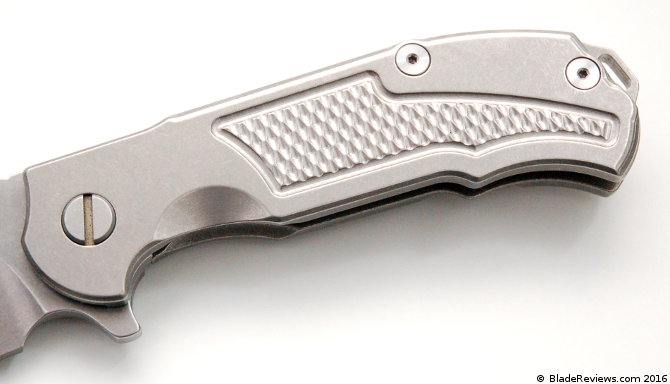
The handle may be overbuilt for most normal people, but you can’t deny the beauty of it. I especially like the extra details found on this model. The quality of the workmanship reminds me of my old Shirogorov 95-T. We are talking about the higher end of the production pocket knife section. No one “needs” a knife like this, but enthusiasts of high end knives appreciate these in the same way you would appreciate a nice watch, high end leather goods, or any other type of luxury product.
Since this knife was apparently named after a Hinderer’s new Hinderer Modular Backspacer System (H.M.B.S.), I better spend some time to talk about it. This is a backspacer that can be removed with a single torx screw rather than disassembling the entire knife. The backspacer wraps around the stand offs and the torx set screw holds it all in place. The stock backspacer is a geared affair that comes with an oversized lanyard loop, but RHK offers a variety of backspacers that include bottle openers, impact tools, various anodized options, etc. In practice it works as advertised. Its easy to take it out with the turn of my WiHa driver.
Here is a video by Rick Hinderer himself explaining the H.M.B.S. in more detail. I think looking at the below picture will save you the 10+ minutes. It’s pretty straight forward.
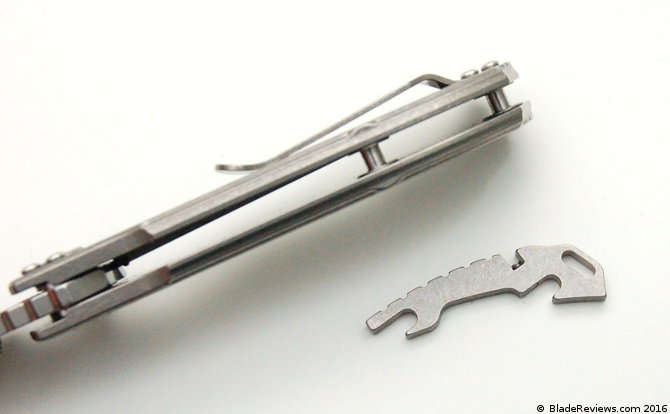
Whether it is something you want to play around with is an entirely different story. Some get a kick out of modding their Hinderers with anodized parts, after market filler tabs, new scales, etc. No doubt the MP-1 is designed to cater to that crowd. Personally, I like the stock backspacer, and the knife seems a little empty without it. I probably won’t be buying any additional backspacers, but I can see the appeal. All in all I think they did a good job with the execution.
As I mentioned earlier, the MP-1 is a comfortable knife. You would hope so given how thick it is. While the knife has some ornate flourishes, at the end of the day the handle is simply shaped. It’s comfortable and will accommodate a variety of hand sizes and grips. There is a small forward choil behind the edge that gives you extra options and control. There is flat top jimping on the spine of the blade and backspacer, and the milled handles also provide a little traction. The titanium has a great feel in hand, and overall the MP-1 is a pleasure to hold and use.
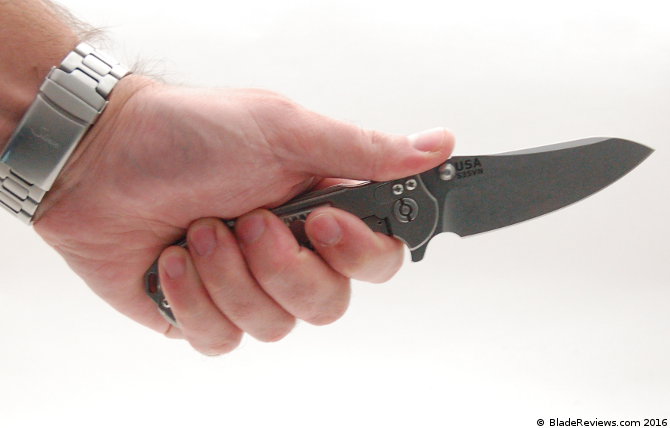
The MP-1 features the same spoon style pocket clip of the XM-18 series. That’s nice because it’s a good pocket clip design. Retention is excellent and the MP-1 stays in place when clipped to your pocket. This isn’t a deep carry clip, and the MP-1 isn’t the most discrete of carries, but the knife mostly buries into the pocket. Being a thick and heavy knife, it isn’t going to EDC like a Dragonfly, but it does stay in place and out of the way. This carries as well as any other 6 ounce knife I have owned.
Also, just like with the XM series, the MP-1 is ready for right side tip up or tip down carry. There is a “filler tab” screwed in place near the pivot.
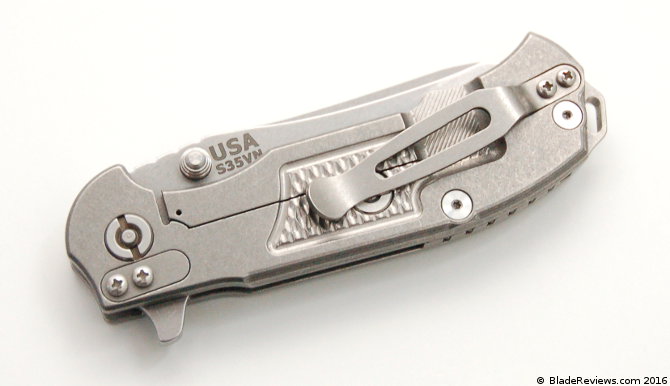
Deployment and Lockup
The MP-1 has an odd combination of thumb studs and flipper. I say “odd” because the thumb studs do not work unless the blade is partially open. I suppose it’s used in the event the flipper does not completely deploy the blade. That’s a real potentiality on the XM-18, which has a notoriously weak detent, but here the detent on the MP-1 is pretty good. The blade opens reliably and I’d say this flipper is a solid “6” on a 1-10 scale (with a 10 being something like the ZT 0454). Action is crisp, but it is possible to occasionally “flub the flip” and get a partially deployed blade. The knife uses teflon washers. Action is smooth and the knife flips open, so I can’t complain.
With the XM series the thumb studs are technically blade stops, so it could be argued that they don’t “need” to work as thumb studs. Here, the MP-1 actually features a set of hidden blade stops that travel underneath pockets milled out in the handle, so the non-functional thumb studs are a little more puzzling. They do come in handy if the blade doesn’t fully open with the flipper. Beyond that I don’t see the point to them.
For lockup we of course have a titanium framelock. This is just bare titanium against the steel tang of the blade. No steel inserts, although you do have the Hinderer lock bar stabilizer peeking out from behind the pocket clip. My lock has been executed beautifully. The lock face is generous and lock up is around 30%. There is no stick, and absolutely no wiggle, lock rock, or blade play of any kind. The MP-1 is rock solid.
Blade centering is perfect on my knife.
Hinderer MP-1 – Final Thoughts
I like the MP-1 and can appreciate it for what it is. It’s high end pocket knife that is unapologetically overbuilt. This will only appeal to a certain type of knife enthusiast: one who appreciates overbuilt knives, and has a fair amount of disposable income. The thing is, the MP-1 has been beautifully executed. Some high end hard use knives are mere “me too” products that boil down to being janky rip offs. Here it’s obvious that quite a bit of thought and skill went into putting the MP-1 together. It may not be office friendly, but it’s beautifully made. It certainly isn’t a janky rip off.
Similar to the Eklipse, I don’t think the MP-1 will enjoy the success of the XM-18 series, but there was something oddly compelling about this knife. Sure it’s heavy and impractical for mere mortals like myself, but it will appeal to those seeking a full titanium Hinderer. And this is a more premium knife than the XM-18. There is extra work here. Extra detail. I obviously can’t speak for everyone, but it drew me in.
Perhaps the customizable nature of the knife will appeal to people as well. I never got into the knife customization thing, but there are guys that are really into that. Although Modifiedz hasn’t posted a video in years, people still seek out “knife pimpers”, and customized Hinderers regularly find their way onto the secondary market. Buying a Hinderer and then buying different hardware and handle scales to make it your own is a thing. The MP-1 could serve as a blank canvas of sorts and takes the concept of making the knife your own one step further.
If this was released a few years ago there would likely be a lot more fanfare. After all, this is a full titanium framelock flipper straight from the Hinderer factory. This is previously the stuff of legends. Even 3 years ago people would have crapped their pants for the chance to buy one at a knife show lottery. Today it’s another option if you are seeking out a high end folder. A lot more options have come onto the market recently, and while I think the MP-1 has been well done, I’ll be the first to admit that this knife is not for everyone.
[easyazon_block add_to_cart=”default” align=”center” asin=”B0773W7LPG” cloaking=”default” layout=”top” localization=”default” locale=”US” nofollow=”default” new_window=”default” tag=”brdfkdfk-20″]
I recommend purchasing the MP-1 at Knife Art, BladeHQ, or [easyazon_link asin=”B0773W7LPG” locale=”US” new_window=”default” nofollow=”default” tag=”brdfkdfk-20″ add_to_cart=”default” cloaking=”default” localization=”default” popups=”default”]Amazon[/easyazon_link]. Please consider that purchasing anything through any of the links on this website helps support BladeReviews.com, and keeps the site going. As always, any and all support is greatly appreciated. Thank you very much.
